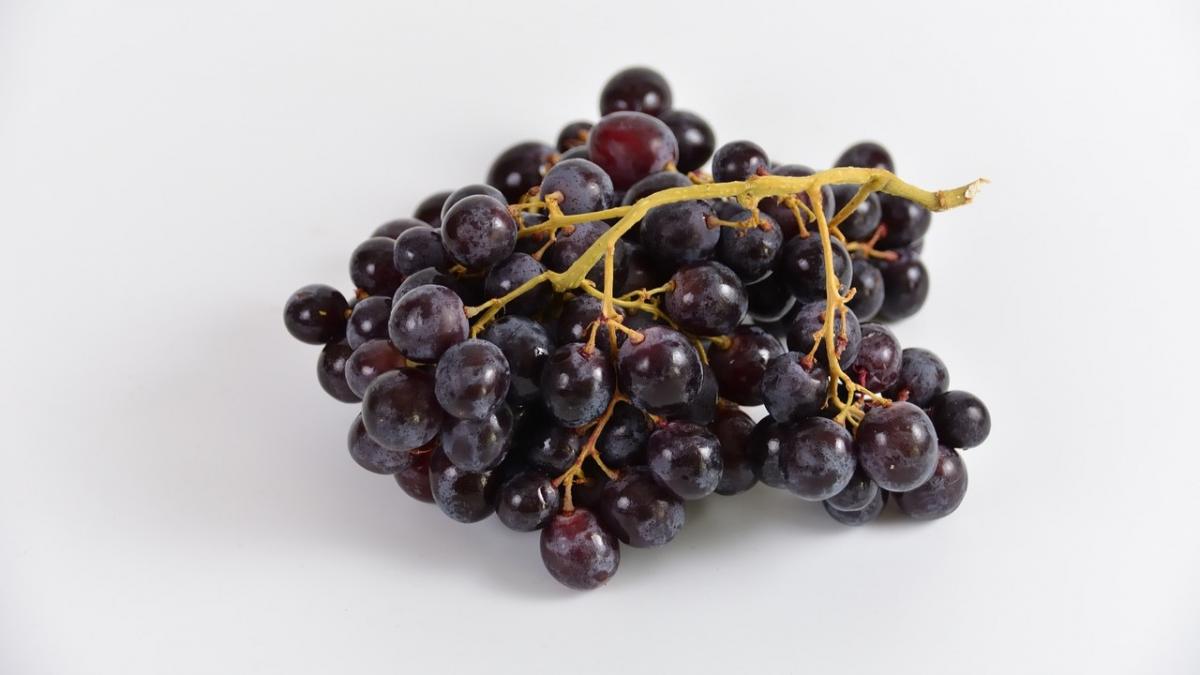You are here
Back to topDomestic Delights: China’s Grape Market Grows More Self-Reliant

According to the China: Fresh Deciduous Fruit Annual report recently released by the U.S. Department of Agriculture’s Foreign Agricultural Service, China’s table grape production is projected to rise by 6% to 13.5 million metric tons in the 2023/24 season (June to May), driven by favorable growing conditions. In addition, fueled by enhanced grape quality and an extended production season, China’s table grape exports are expected to surge by 23% to 480,000 metric tons, while imports are predicted to decline by 30% to 120,000 metric tons, indicating greater reliance on domestic production to meet consumer demand.
Throughout the fruit development period, key grape-producing regions in China were not significantly affected by adverse weather conditions. Enhancements in production facilities and technologies played a crucial role in shielding crops from unfavorable weather, including rainfall, leading to a consistent improvement in grape quality. The report predicts that China’s table grape production will continue to increase steadily in the years to come.
China’s planted area for table grapes in the 2023/24 season is estimated to be 728,000 hectares, representing a slight decrease from the 730,000 hectares recorded in the 2022/23 season. Grape cultivation in China traditionally takes place in northern and southwestern high-altitude areas, as well as the Xinjiang Uyghur Autonomous Region. However, recent advances in grape breeding, cultivation and management have prompted a notable shift in grape production from north to south. This process of expansion has reached nearly all provinces, with particularly rapid growth observed in Hunan, Jiangsu, Zhejiang, Guangxi and Yunnan.
The most commonly grown varieties remain Kyoho and Red Globe, which together account for over 50% of the total planted area, although their market share is gradually diminishing. The planted areas for other traditional varieties, such as Muscat and Summer Black, have remained stable. Meanwhile, those for seedless varieties like Flame Seedless and Crimson Seedless are steadily increasing. The cultivation area for Shine Muscat has witnessed exceptionally rapid expansion in the last three years. Queen Nina, a recently introduced variety, has been gaining momentum since 2022.
Owing to the swift surge in production, market prices of Shine Muscat grapes have considerably decreased compared with a few years ago. Nonetheless, high-quality Shine Muscat grapes continue to command a premium on the market.
Because of the enhanced quality of domestically grown grapes and the extended supply season, China’s table grape imports in the 2023/24 season are expected to see a decrease of over 30%, totaling 120,000 metric tons. Despite the traditional preference of Chinese consumers for new grape varieties from Southern Hemisphere countries during the off-season, many consumers have started to purchase domestically grown grapes instead. Some traders have reportedly suggested that an improvement in bilateral relations may lead to an increase in table grape imports from Australia, which is currently China’s second-largest supplier of the fruit.
China’s table grape exports are projected to rise by 23% to 480,000 metric tons in the 2023/24 season. After a brief decline in the 2021/22 season due to the COVID-19 pandemic, China’s table grape exports rebounded in the 2022/23 season. The combination of increased supply and enhanced quality is poised to fuel the continued growth of grape exports, extending into surrounding markets in South Asia, Southeast Asia and Central Asia.
Image: Pixabay
This article was translated from Chinese. Read the original article.













Add new comment